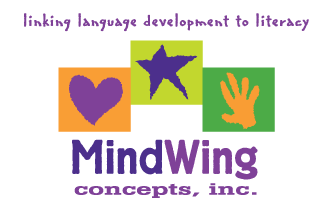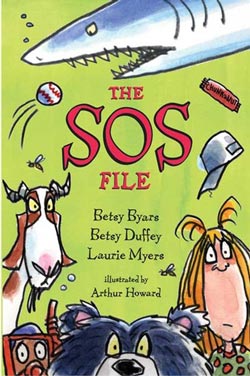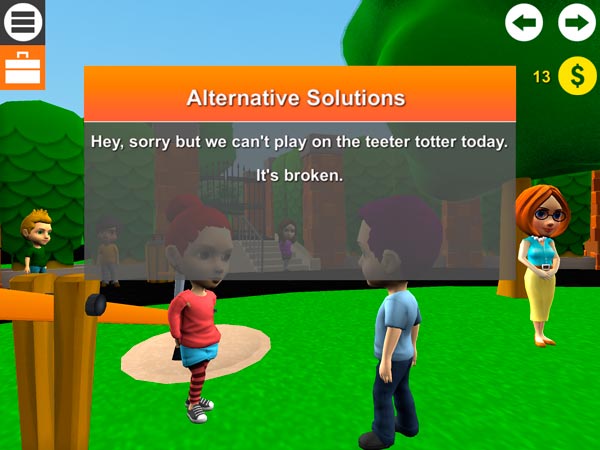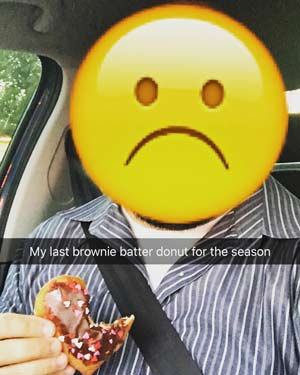Secure Checkout. FREE SHIPPING for Continental U.S. Orders over $60.
Menu
-
- Home
-
About Us
-
The Approach
-
Linking Language & Literacy
-
MindWing Learning
-
Learning Resources
-
SHOP
-
Blog
-
- About MindWing
- Our People
- Contact Us
- Your Account
- Login
-
United States (USD $)

Secure Checkout. FREE SHIPPING for Continental U.S. Orders over $60.

Tech Tuesday: Using the Pic Collage App with Complete Episode Narratives
June 21, 2016
For this month’s Tech Tuesday, I will be discussing the use of a phenomenal and versatile app, Pic Collage, which can be used to make storyboards for books that can be analyzed as Complete Episode Narratives with use of Story Grammar Marker®. Pic Collage has long been a favorite of mine, and I have written about it previously and presented with MindWing Concepts on its uses. It seems that every time I sit down with a student, I find a new way to use this app! Pic Collage is a free app that is available for both iPad and Android devices...

Tech Tuesday: Chapter Books and Stickwriting, a Complementary Visual Strategy
May 17, 2016
 Using chapter books, which provide richer and yet more difficult narratives older students must tackle, has been a focus of the MindWing Blog this school year. In several of my posts, I have discussed tech-related avenues to getting the context of chapter books your students may be reading in class (to serve as topics for narrative intervention activities with SGM®), as well as apps that can visually represent the Critical Thinking Triangle®, a great support to review the narrative gist of chapters within a book. In this post, we are going to take a look at a great chapter book to use along with SGM®, The SOS File by Betsy Byars, Betsy Duffy, and Laurie Myers, along with a strategy that aligns with narrative intervention, Stickwriting, or representing narrative elements through quick sketches...
Using chapter books, which provide richer and yet more difficult narratives older students must tackle, has been a focus of the MindWing Blog this school year. In several of my posts, I have discussed tech-related avenues to getting the context of chapter books your students may be reading in class (to serve as topics for narrative intervention activities with SGM®), as well as apps that can visually represent the Critical Thinking Triangle®, a great support to review the narrative gist of chapters within a book. In this post, we are going to take a look at a great chapter book to use along with SGM®, The SOS File by Betsy Byars, Betsy Duffy, and Laurie Myers, along with a strategy that aligns with narrative intervention, Stickwriting, or representing narrative elements through quick sketches...

Tech Tuesday: Tech Tie-Ins to Autism Awareness Month
April 19, 2016 1 Comment

For this month’s Technology Tuesday, I wanted to spin off of the previous post and mention new resources relating to the themes of a few of these posts from the MindWing archives. So here is some commentary and additional tools relating to four of our back catalog of posts relating to language learning in the population of students with autism spectrum and related disorders. Aligning SGM® with The Zones of Regulation, and Tech-Tie-Ins! This post described the key connections between Story Grammar Marker® and Leah Kuypers’ wonderful and extremely useful Zones of Regulation curriculum. In the post, resources such as Pic Collage were mentioned for making visuals elaborating on emotional vocabulary associate with each Zone, and YouTube Kids for locating video scenes to assist students in identifying Zones and “Triggers” (essentially Kick-Offs) in others...

Tech Tuesday: Using Emoji in Narrative Analysis
March 08, 2016

A friend’s Emoji creation in the SnapChat app.
In selecting topics for Technology Tuesday, I find it helpful to “piggy back” on my own clinical work, of course, but also on topics that have recently appeared on this blog. Recently, Sheila Moreau wrote in a MindWing blog about the power of emoji for understanding narrative events, identifying emotions, and expressing empathy, particularly in relation to Facebook’s recent incorporation of a range of reactions available to use in response to others’ posts. While emoji are a narrative phenomenon changing our (and teens’) reaction to social media (note that they have always been present in the “much-cooler” Snapchat), there are also ways to use them as visual tools out of the context of social media, a place where clinicians may not “want to go” with students...

Opening a New Chapter: Strategies for getting the context of curriculum chapter books!
February 09, 2016
 As the MindWing blog has been focusing on using chapter books for older students, in conjunction with narrative and expository development tools, this Tech Tuesday post will also! In this post, we’ll take a look at technology resources that facilitate your access to chapter books. These strategies will enable you to use chapter books more easily as contexts when developing students’ sense of story and informational text structures with MindWing’s Story Grammar Marker® and Expository maps. Naturally, we’d be conducting educationally relevant interventions even if we selected our own texts for lessons. For example, take this Common Core Standard for 5th Grade Reading...
As the MindWing blog has been focusing on using chapter books for older students, in conjunction with narrative and expository development tools, this Tech Tuesday post will also! In this post, we’ll take a look at technology resources that facilitate your access to chapter books. These strategies will enable you to use chapter books more easily as contexts when developing students’ sense of story and informational text structures with MindWing’s Story Grammar Marker® and Expository maps. Naturally, we’d be conducting educationally relevant interventions even if we selected our own texts for lessons. For example, take this Common Core Standard for 5th Grade Reading...

When the characters are a whole classroom of students: Some high and low-tech tips!
January 18, 2016
 For this first Technology Tuesday of 2016, we’ll be sharing some strategies for delivering whole-class instruction, some involving electronics and others...simpler technology such as giant sheets of paper! We recently completed a series of lessons in a classroom on a consultation basis. From our perspective, strategies such as SGM® benefit not only our students with specific needs, but also the entire classroom and teacher. For this series, we were seeking to integrate social-cognitive, language and executive function strategies for a particular student, but met an initial “Kick-Off.” Our principal raised concerns about devoting the time needed for 6 lessons and the potential impact of taking that time away from ELA instruction. This was easy to respond to, because:
For this first Technology Tuesday of 2016, we’ll be sharing some strategies for delivering whole-class instruction, some involving electronics and others...simpler technology such as giant sheets of paper! We recently completed a series of lessons in a classroom on a consultation basis. From our perspective, strategies such as SGM® benefit not only our students with specific needs, but also the entire classroom and teacher. For this series, we were seeking to integrate social-cognitive, language and executive function strategies for a particular student, but met an initial “Kick-Off.” Our principal raised concerns about devoting the time needed for 6 lessons and the potential impact of taking that time away from ELA instruction. This was easy to respond to, because:
- Narrative language has many social impacts as well as listening and reading comprehension, and, of course, involves the story-based language of responding orally in class and producing writing...
